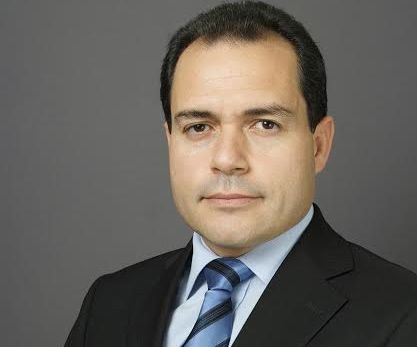In the last five years, there has been an increasing appetite for risky assets. Giordano Lombardo, Group Chief Investment Officer at Pioneer Investments, talks in its latest letter to investors about Investment Process going forward.
At the beginning, it was a consequence of the search for yield and return enhancement in a low interest rate environment. More recently, it translated into a deeper exploration of yield opportunities in the riskier side of risky assets, featuring high-yield bonds and small-cap stocks.
According to Lombardo, two key questions for the investment strategy going forward are: is it still worth being long risky assets? And, is the investment approach adopted so far the most appropriate for meeting investors’ needs and new market challenges?
“While we felt it was appropriate to take a decisive long exposure to risky assets until last year, now we believe that building more balanced and diversified portfolios would be a better strategic choice for the scenario unfolding”, states Lombardo.
There are basically two “active” ways to improve the expected portfolio returns: make the overall exposure to markets more diversified (manage the “beta” component), and increase the portfolio manager’s ability to generate extra-returns versus the benchmark, while keeping a strong focus on risk (act on “alpha” generation).
Starting with beta diversification, Lombardo explains that there are basically three ways to work along this line:
- Broadening the range of asset classes as it happens, for example, with Multi-Asset strategies.
- Moving into illiquid asset classes.
- Adopting a risk-parity approach.
According to Pioneer, just adding asset classes in a diversified portfolio is not a wise option when correlation among them is high, as they all move in the same direction. For illiquid assets, such as hedge funds or private equity, Pioneer notes that taking volatility as a sole measure of risk is not appropriate and may be misleading.
In essence, the beta diversification is a valuable option to enhance returns “and it is going to be more important going forward, because of low expected returns.” However, Lombardo highlights that it has to be played carefully because it brings some risks (liquidity, leverage) that are not captured by traditional risk measures such as volatility.
For this reason, he believes that working to improve the alpha component is extremely important. “This approach emphasizes the role of portfolio construction, based on an efficient combination of multiple low-correlated alpha strategies, and changes completely the way in which a portfolio is built and visualized.”
As an example, Lombardo considers a fixed-income portfolio with an aggregate bond index as a benchmark: “the traditional way to represent it is a combination of government bonds and investment-grade bonds, broken down into countries, credit rating and duration. With a portfolio construction approach, the same portfolio is visualized as a combination of low-correlated alpha strategies.”
Pioneer Investments has spent the recent years strengthening the culture of alpha generation through proprietary portfolio construction tools and risk budgeting. Pioneer Investment thinks this framework will become even more crucial in the new challenging investment landscape. “We see our investment approach not as something set in stone but as an evolving process based firmly upon our active, research-driven and risk-aware investment culture.”
Pioneer currently adopts this approach in a large part of their Fixed Income and Multi Assets teams, and is committed to extend it further into equities and new capabilities that they will be designing to meet current and new investors’ needs.
You may access the full CIO Letter through this link.




 For Alicia Miguel Serrano
For Alicia Miguel Serrano